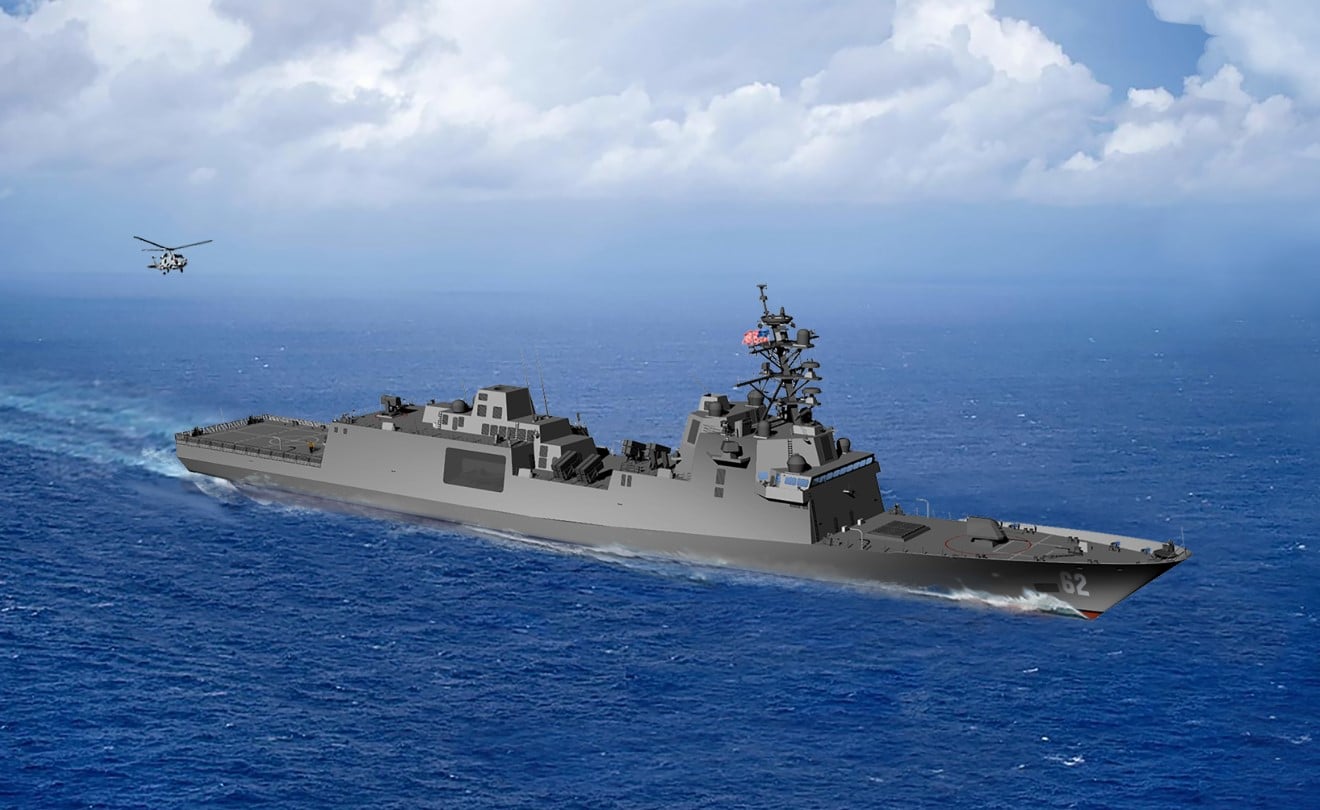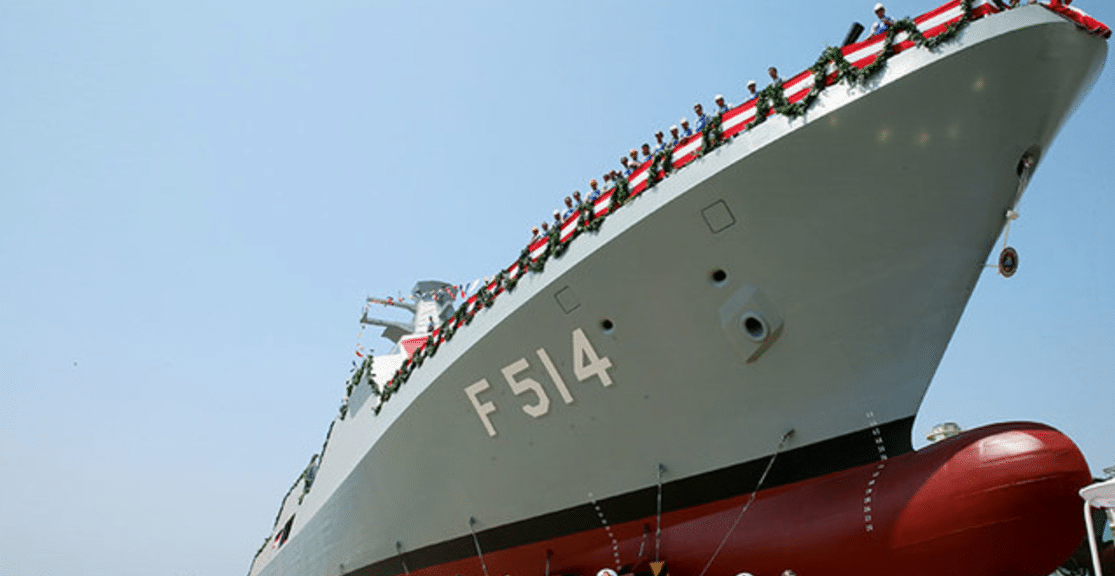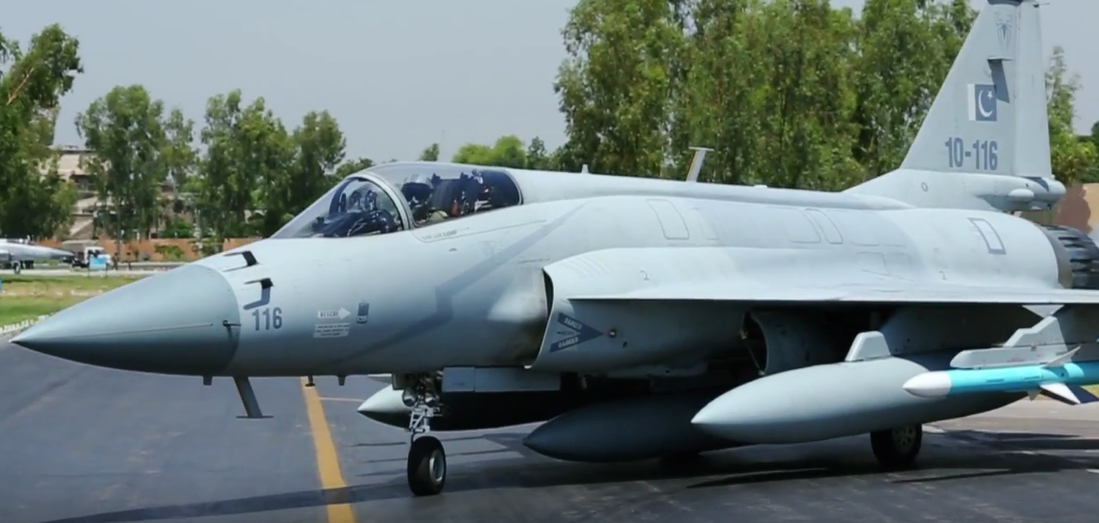2519Views 0Comments

Skepticism Clouds Over US Navy’s FFG(X) Cost Estimates
On 04 May 2020, the US Congressional Research Service (CRS) released a report looking at the background and challenges of the U.S. Navy’s (USN) FFG(X) guided missile frigate program.
The Department of Defense (DoD) announced that the Navy selected Fincantieri Marinette Marine (FMM) and its 7,400-ton FREMM (Fregata europea multi-missione)-based proposal for the FFG(X). The USN could potentially acquire up to 20 FFG(X) frigates to meet its Small Surface Combatant (SSC) requirements.
While highlighting how the USN mitigated cost overrun risks with the FFG(X), the CRS is urging lawmakers to inquire how the Navy reached its cost estimates. The Navy’s FY2021 budget submission states that the third and subsequent FFG(X) ships will cost around USD 940 million each.
Based on the CRS’ breakdown of the Navy’s estimates, an FFG(X) will cost 49% of a Flight III Arleigh Burke-class destroyer when it has about three-quarters of the latter’s displacement and similar subsystems and weapon systems. Instead, the CRS believes the actual cost of the third and subsequent FFG(X) to sit around USD 1.47 billion per ship, i.e., a 56% increase to the Navy’s estimate.
The CRS draws its skepticism on two main counts.
First, it contends that the FFG(X) is similar in type and complexity as the Flight-III Arleigh Burke-class (DDG-51), and that shipbuilders will construct it under “similar production conditions.” So, if the cost of building 1,000 tons (displacement-wise) per ship is comparable, the FFG(X) would cost USD 1.47 billion per ship.
Likewise, the CRS also set an estimate based on the Littoral Combat Ship’s (LCS-1) cost per 1,000 tons, and that would result in an FFG(X) cost of USD 1.1 billion.
The basis of the CRS’ estimates is that relative to the Flight-III DDG-51, the USN will equip the FFG(X) with similar subsystems and weapon systems. So, to the CRS, the 50% difference in the USN’s cost estimate do not line-up. Likewise, the LCS-1 is a less capable ship than the FFG(X), yet the LCS-1 has a 15% higher cost on a per-1,000-ton basis according to the Navy’s estimates.
Second, the October 2019 Congressional Budget Office’s (CBO) report about the FFG(X) had set an average ship cost of USD 800-950 million on the basis of a 4,700-ton design, not a 7,400-ton platform.
Notes:
The U.S. Navy set a requirement to build 20 new guided-missile frigates in December 2016, when it opted to set its Small Surface Combatant (SSC) fleet target to 52 ships, i.e., 20 FFG(X) and 32 LCS.
The FFG(X) was set into motion in FY2020 through a tender, in which four suppliers – Austal USA, FMM, General Dynamics/Bath Iron Works, and Huntington Ingalls Industries – had competed.
FMM won the bid, and the Pentagon awarded it with a USD 795,116,483 contract to undertake the Detail Design and Construction (DD&C) work for the FFG(X). However, the Navy is not locked into working with FMM’s design for all 20 ships. In fact, even though the Navy’s current roadmap lists 10 ships (i.e., the lead vessel plus nine individual optional ships), it can issue a competition for a new design. So, in theory, there could be multiple FFG(X) designs by the time the Navy reaches its 20-ship goal.
In contrast to the LCS, the Navy opted to manage the FFG(X) using a ‘parent-design’ approach rather than a new, clean-sheet design. The idea was to modify an existing design so as to lower costs, cut design time, and mitigate risk in the FFG(X) program.
The FFG(X)’s subsystems will comprise of the following:
- Enterprise Air Surveillance Radar (EASR);
- 32-cell Mk41 vertical launch system (VLS);
- Baseline Ten (BL10) AEGIS Combat System;
- Mk110 57mm Gun;
- 16 deck-mounted cells for anti-ship cruising missiles;
- 21-cell Rolling Airframe Missile (RAM)
Note: Edited subsystem/weapon list due to a previous error.


